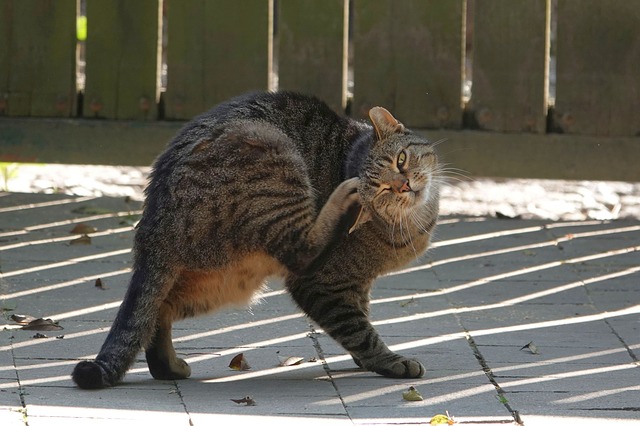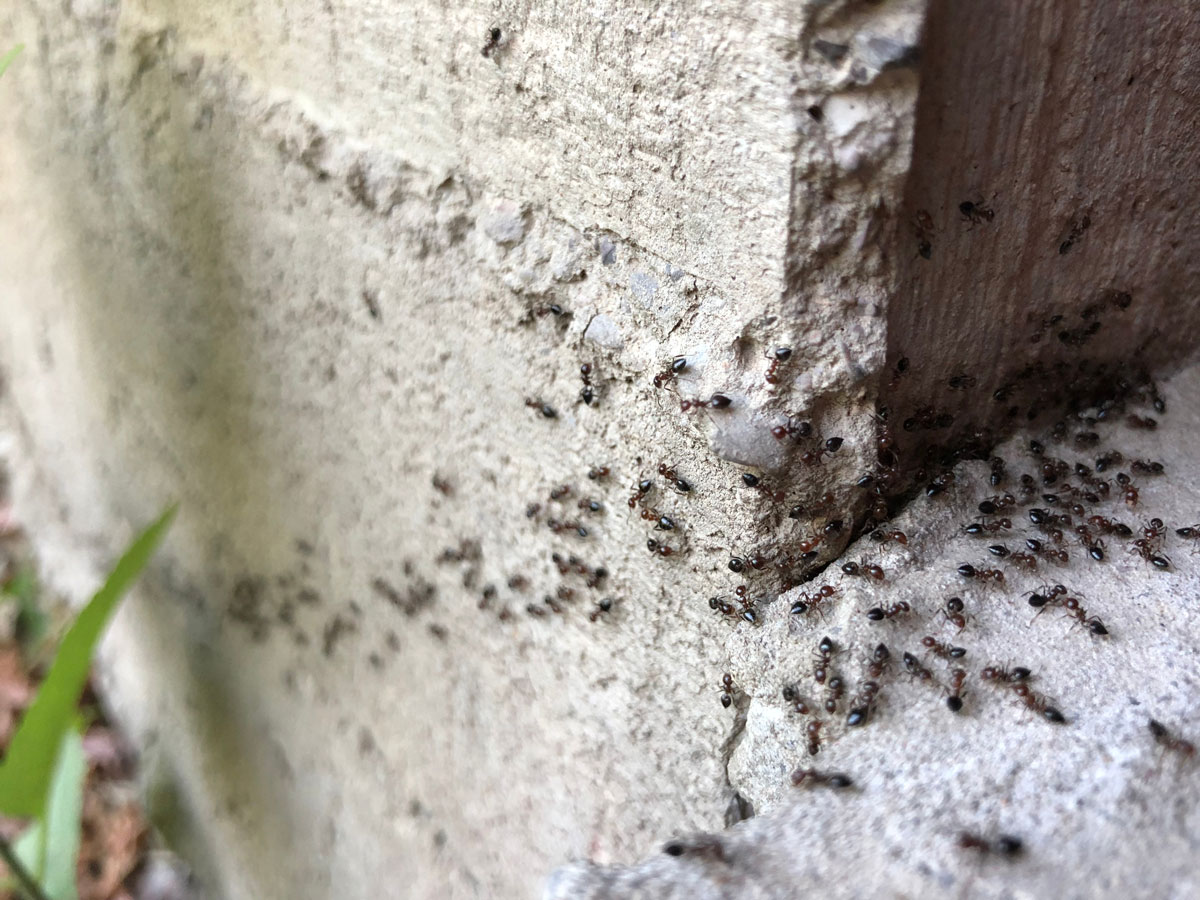Flea control and removal for your home
November 17, 2020

If you own a pet one of the frequent concerns is having your cat or dog catch fleas. The pests feed on the blood of animals and can pose a major problem for the home, biting both your pet and you.
For homeowners that do not own pets and have recently moved to a property, there still could be an issue with fleas if the previous owners had any pets.
If you have noticed fleas on the property and have an infestation problem at home the best solution would be to call in the home flea control treatment professionals AIM Environmental Services.
While pets suffer the most frequent bites from fleas, humans are seldom bitten by them. While the bit is not very painful like say a wasp sting, you will realise that you are bitten. Like other insect bites, it will be accompanied with swelling, itching and irritation of the bitten area. Pets on the other hand tend to develop allergic reactions to the saliva of fleas.
While there are loads of DIY and homemade solutions floating around as being suitable for flea control for home, not all of these are as efficient and effective as they claimed to be. While a few may be okay for temporary relief from the pests, they are unable to resolve a full-grown flea infestation if they are on a property. A few myths that are busted are mentioned below:
DIY home remedies:
Lemon spray: Homeowners can use lemons in various ways in their homes, apart from being a remedy for wasp stings. It also is part of the folklore as a treatment for flea control in a home. It is used in a spray form and is quite easy to make at home. All you need is to boil water and add slices of lemon to the boiling water. Keep the mixture overnight and the next morning empty the contents in a spray bottle. This solution is to be sprayed over infected areas including the pets bedding, carpets, rugs and upholstery. Take care to only make the surfaces damp and not sopping wet. While it adds a wonderful tangy fragrance to the home it is not at likely to help in flea removal.
Soap solution: A classic old wives’ tale is making a flea trap with a liquid soap solution and water that is to be placed in an area where flea infestation is noticed. The supposed purpose it serves is to work like glue because the soap solution is viscous and they will thus be trapped. It is supposed to be done daily and during the night hours. There is no actual proof that this does work and if even a few fleas are found the liquid solution it is by accident.
Rosemary: As per folklore, as usual, Rosemary is useful in the treatment of early flea infestation. For this, you need to create a herbal concoction by using rosemary, peppermint, wormwood, rue and fennel together and grinding them into a fine powder. This is to be sprinkled on any areas where there are suspected flea infestations and include window sills, furniture, carpets, upholstery etc.
It is thought that rosemary serves as a natural repellent and will prevent fleas from spreading or colonising areas in the house.
Baking Soda: Another remedy with no proven basis is the use of baking soda that should be dusted on furniture, carpets and rugs and rubbed into the surface. After some time use a vacuum cleaner thoroughly and the content collected in the dust bag should be secured and placed in a rubbish bin away from the property. This is can also be done using salt as a replacement for baking soda. The truth is there is no evidence of either substances’ effectiveness. However, what does make a difference is vacuuming the property thoroughly to remove eggs and adult fleas.
Salt: Another one of the old wives’ tales involves the use of salt used along with vacuuming. As per the myth using salt dehydrates the fleas and makes it possible to dispose of adult fleas. As per this method, finely ground salt is to be spread over rugs and upholstery and is to be kept on the surface for a day or two. After that vacuum the areas and then seal the contents in a dust bag and dispose of it in a secure rubbish bin outside.
Certain plants: Among the many natural remedies around is the use of certain plants that are supposed to be natural repellents to fleas. Some plants do have specific compounds, oils and chemicals that fleas are repelled by and they avoid. Planting these plants in flower beds in the garden or having them in flower pots in the house are supposed to be a natural way to prevent fleas from living on the property. Some of these plants include chrysanthemums, spearmint, penny-royal and lavender.
There might be an element of truth in this, with certain plants like chrysanthemums popular in use as insecticides in natural remedies. Although, their efficacy in functioning as natural repellents for fleas is a moot point.
Diatomaceous Earth: Among the relatively newer home remedies gaining popularity is the use of diatomaceous earth to resolve flea issues. There is a certain element of truth in this. Diatomaceous earth comprises diatoms and fossilised algae. It dehydrates fleas and is a very fine powdery substance that is not hazardous to humans or pets. This can be sprinkled over areas of the home where fleas are active and in a thin layer. Let is settle on the surface areas for at least two days followed by thorough vacuuming and then dispose the remains from the vacuum dust bag into a sealed container and deposited in a bin outside the home.
Please note: When you plan to use diatomaceous earth as a remedy only opt for the food-grade option in the market. While it is non-hazardous, it can irritate the throat and eyes if it comes in contact. If you use this remedy at home always use gloves and a face mask when sprinkling it.
Vacuuming the property: This is one of the more tested and proven remedies to deal with flea removal from the home. If you thoroughly vacuum suspected areas like upholstered furniture, rugs, carpets and cracks and crevices, this will help to decrease the activity levels of fleas in most parts of the home. The larvae of fleas thrive on organic matter in these furnishings. By vacuuming these areas, you will deprive the larvae of any potential food sources while also removing any adult fleas in these areas. Just remember to safely dispose of the detritus collected in a secure and airtight bin well away from the house.
Although, there are a plethora of DIY and home remedies for flea removal most of them are not that effective. While they can provide a reprieve, these are not permanent solutions to rid the house of fleas. Majority of these only deal with adult fleas while the eggs and larvae are left unharmed. So, the next time you notice a serious flea issue on your property and want a lasting home flea control removal solution, call in the experts from AIM Environmental Services on 01902 475175


Contact Us Today same day call out available
Having rats, mice and squirrels in your property or place of work can be traumatising, not only for the effect on your health, but also the damage that can be caused to personal property, belongings or stock.









